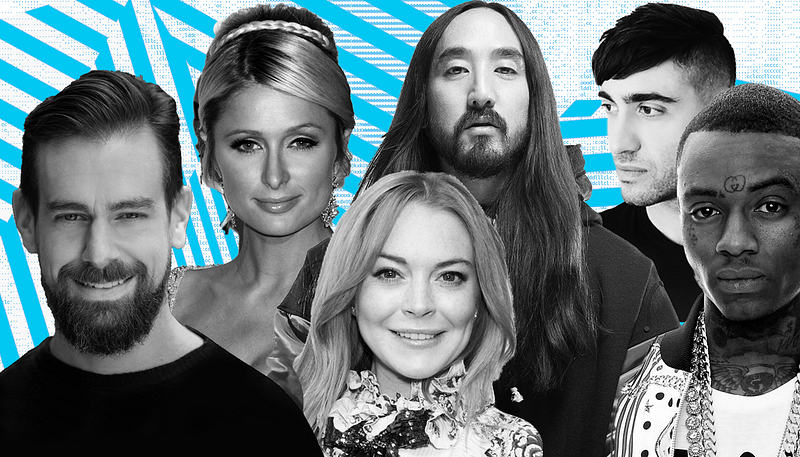
I suppose, one of the reasons why you’re reading this article is because you’ve been hearing a lot about NFTs either from your friends, workmates, family, and even from your neighbors, but you’re just completely lost every time. Or you might already have an idea what they are but you’d like to learn more about them.
In this series post of beginner’s guide, we are going to demystify the world of NFTs and get you ready in your next NFT discussion. Are you excited? I bet you are, so let’s start!
What is an NFT?
As you’ve read from the title, NFT stands for ‘Non-Fungible Token’. But before we discuss what NFTs really are, let’s first define the word ‘fungible’.
What does fungible mean? When you say fungible, it simply means ‘interchangeable’. If something is fungible, it means it can be replaced by another identical item. To make it simpler, let’s have a $100 bill as an example. A $100 bill is fungible because it can be interchanged with another $100 bill or even with two $50 bills.
‘Non-fungible’ on the other hand, simply means ‘not interchangeable’. Non-fungible assets are unique and therefore can’t be replaced by another identical item. An example would be diamonds. A piece of diamond can’t be replaced with another diamond because each piece has its own unique properties. Each piece of diamond has different colors, sizes, cuts, and grades.
To make it even clearer as we define what NFTs really are, let’s find out what ‘tokens’ are. Tokens are issued on a blockchain and represent any asset that is transferable between two people. And when we say asset, it could be anything digital or physical, from customer loyalty points, an artwork, a piece of land, a tweet, music, and many more.
Just in case you don’t know what ‘blockchain’ is, it’s a distributed ledger of transactions used to store data. Much like a database but decentralized. It’s also the record-keeping technology behind bitcoin and other cryptocurrencies. Blockchains are ideal for storing data as they are generally decentralized, immutable, secure, and transparent.
Now it’s time to find out what NFTs really are!
Based on the definitions given above, NFT is a unit of data stored in the blockchain that represents unique ownership of any virtual or physical assets. You can think of NFTs as digital ownership certificates containing all the data about a particular asset. It functions as a unique identifier of an asset on the blockchain.
NFTs have been around since 2014 but their growth has just skyrocketed this year. NFTs are so popular right now that almost everyone is suddenly talking about them. They’ve taken the digital arts by storm. Numerous artists from all over the globe have been releasing their own NFTs.
Even celebrities and influencers are now harnessing the power of NFTs as a marketing tool in order to attract more fans and increase revenue. Many of these artists admit that they’re actually making more money in a much shorter amount of time now that they started selling their works as NFTs.

Now more than ever, artists have the capability to finally take control of their own works and be able to sell them directly and connect with their supporters. This massive NFT adoption that we’re seeing right now is a manifestation of the technology’s impact not only on the artists, but on the fans and art collectors out there.
As a matter of fact, NFT sales volume for the first half of 2021 surges to $2.5 billion according to DappRadar. It set its new highs in the second quarter of this year at $1.24 billion in total. In comparison to the first half of 2020 where total NFT sales amounted to just $13.4 million. This surge in NFT sales is immense and it only suggests that lots of people are actually interested in investing towards NFTs.
Each day, more people are buying NFTs and more artists are making tons of money selling their own NFTs. You must be wondering, why? Why do people care so much about them? Why are they valuable? If you’d like to find out, you can read our next post.
For more update and info about QGlobe, follow us on social media and join the community:
